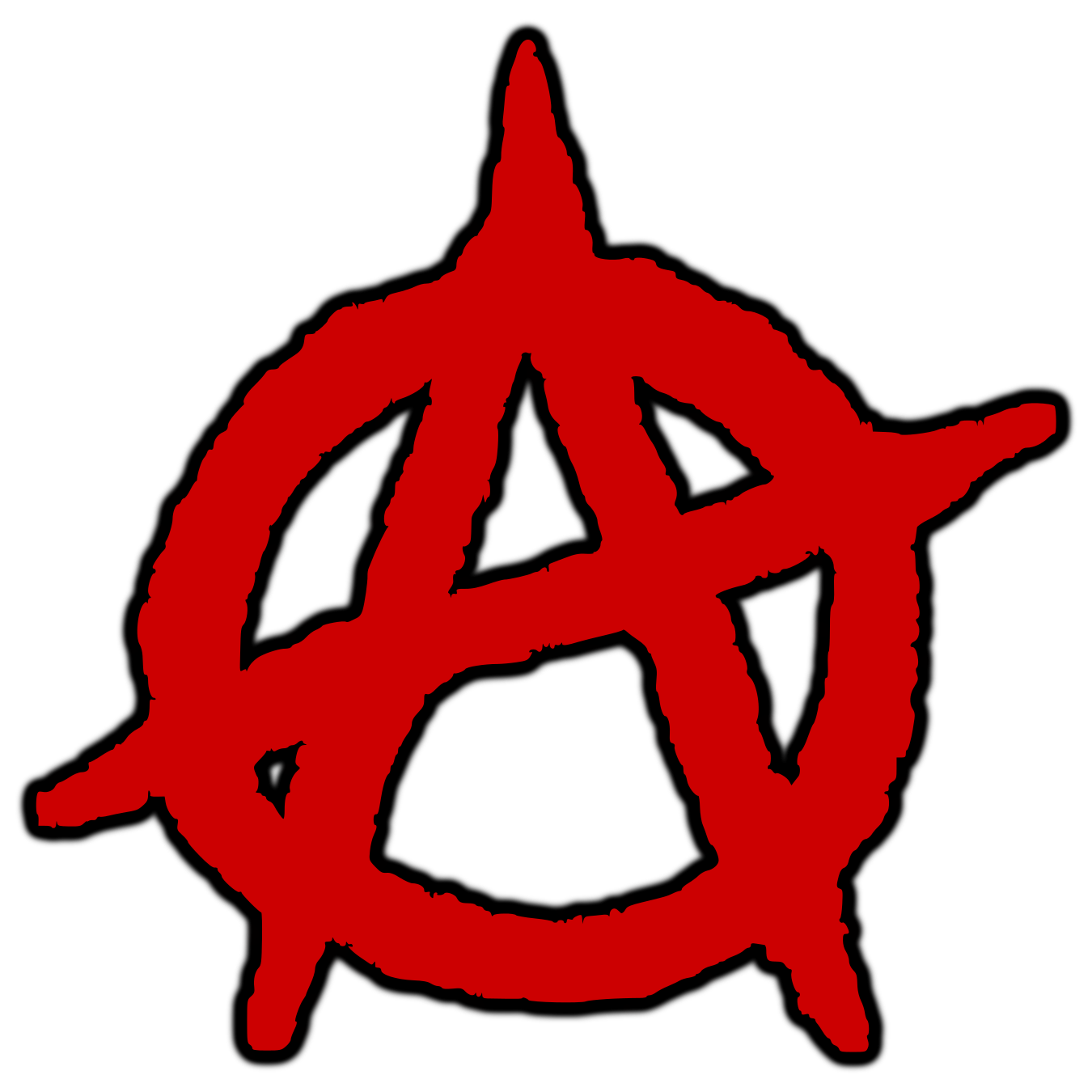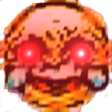Ito was born in 1895, to a family of landed aristocracy, on the southern island of Kyushu. After graduating from Ueno Girls High School, she was forced against her will into an arranged marriage in her native village. She soon ran away to Tokyo.
In Tokyo, women had been developing progressive ideas since the 1870s. Hiratsuka Raicho founded the Seitosha (Blue Stocking Society) and brought out its magazine Seito (Blue Stocking) which gave space to women to develop their literary, aesthetic and political capabilities. Ito joined this group in 1913, at the age of 18, and became one of its editors from 1915 to 1916. Skilled in several languages, including English, she translated articles by the anarchist, Emma Goldman, on the situation of women.
Ito later married the writer Tsuji Jun (1884-1944), who had taught her at school in 1912, but left him to have a passionate love affair with the charismatic anarchist firebrand Osugi Sakae in 1916.
Free love
Ito and Osugi believed in the concepts of free love. Osugi at this time was conducting an affair with the leading woman anarchist, Ichiko Kamachiko. Unfortunately, the theoretical concepts of free love collided with human jealousy and Kamachika attacked Osugi with a knife and severely wounded him. The mass media used this incident to attack Ito, Osugi and Kamachika for their ‘immorality’ and the anarchist movement in general. This caused problems in the anarchist group in which Ito and Osugi were involved and many comrades split with them.
Ito worked with Osugi in promoting the anarchist movement, as well as developing her ideas on women’s liberation. She helped found the socialist women’s group Sekirankai in 1921. She produced over 80 articles for different publications, as well as translating the work of European anarchists like Peter Kropotkin and Emma Goldman. In addition, she produced several autobiographical novels, which charted her life from adolescence, through breaking with tradition, to reaching her emancipated and anarchist outlook. They included Zatsuon(Noises) in 1916 at the age of 21, and Tenki(Turning Point) in 1918.
In 1919, with Osugi, Wada Kyutaro and Kondo Kenji, she brought out the first Rodo Undo (Labour Movement) magazine, which sought to link anarchism to the industrial working class and many branches of an organisation with the same name were set up.
Earthquake
Two years later, in September 1923, shortly after the birth of her seventh child, the Great Kanto Earthquake hit Japan.
As often happens in the aftermath of an earthquake, many fires broke out and more people were killed by these than by the quake. A total of 100,000 died and as many as two million were left homeless.
Rumours began to spread, encouraged by the authorities, that various ‘unpopular’ groups were responsible for starting fires and causing other mischief to aggravate the situation. As a result, mobs attacked many immigrant Korean and Chinese workers, and the police used the opportunity to murder anarchist and socialist militants. Thousands were killed. Among them were ten socialists in Kameido in Tokyo, as well as Ito Noe, Sakae Osugi and his six year old nephew, Tachebana Munekazu. They were taken into custody on 16 September and all were beaten and strangled in the cells of the dreaded Kempei-tai secret police. Osugi had been No. 1 on their death list for a long time.
Several days later, the bodies were found in a well, where they had been left to decompose. At the trial which followed the discovery of the murderer, a secret policeman, Amakasu Masahiko, on orders from Emperor Hirohito, was given just ten years’ gaol. Released by personal order of Hirohito, four years later, and assigned to ‘special duties’ in Manchuria, he finally committed suicide in 1945, before his crimes could be avenged by the many anarchists after his blood.
Earlier in 1924, Wada Kyutaro, a comrade of Ito and Osugi, had attempted to kill Fukuda Masataro, the general in charge of the military district where they had been murdered, who had passed on orders from Hirohito to the secret policeman.
Ito was well aware of the consequences of being an anarchist in Japan at that time. In 1911, Kotoku Shusui, the leading woman anarchist, Kanno Suga, and ten other anarchists were framed on flimsy charges of attempting to kill the Emperor and subsequently executed.
In his autobiography, Bertrand Russell recounts how he met Ito Noe in Japan in 1921. “She was young and beautiful... Dora [Bertrand Russell’s wife] said to her: “Are you not afraid that the authorities will do something to you?” She drew her hand across her throat, and said, “I know they will sooner or later”.
Hexbear links
- 🐻Link to all Hexbear comms
- 📀 Come listen to music and Watch movies with your fellow Hexbears nerd, in Cy.tube
- 🔥 Read and talk about a current topics in the News Megathread
- ⚔ Come talk in the New Weekly PoC thread
- ✨ Talk with fellow Trans comrades in the New Weekly Trans thread
- 👊 Share your gains and goals with your comrades in the New Weekly Improvement thread
- 🧡 Disabled comm megathread
reminders:
- 💚 You nerds can join specific comms to see posts about all sorts of topics
- 💙 Hexbear’s algorithm prioritizes comments over upbears
- 💜 Sorting by new you nerd
- 🌈 If you ever want to make your own megathread, you can reserve a spot here nerd
- 🐶 Join the unofficial Hexbear-adjacent Mastodon instance toots.matapacos.dog
Links To Resources (Aid and Theory):
Aid:
Theory:


Worse part about liberals waking back up to politics in lieu of the inauguration is they clearly haven't grown politically since 2016. I'm only seeing "this is bad" and "people don't realize how bad this is" takes regarding trump policies. As if they're the smartest person in the room watching fascism grow. This will be a long 4 years
It is insane how quickly they "woke back up" I saw the largest street demonstration since 2020 (organized by the peoples march I think?) the other day and it really was like the resist lib sleeper cells had been suddenly reactivated.
Where have you been for 4 years!?!?!!
Very weird